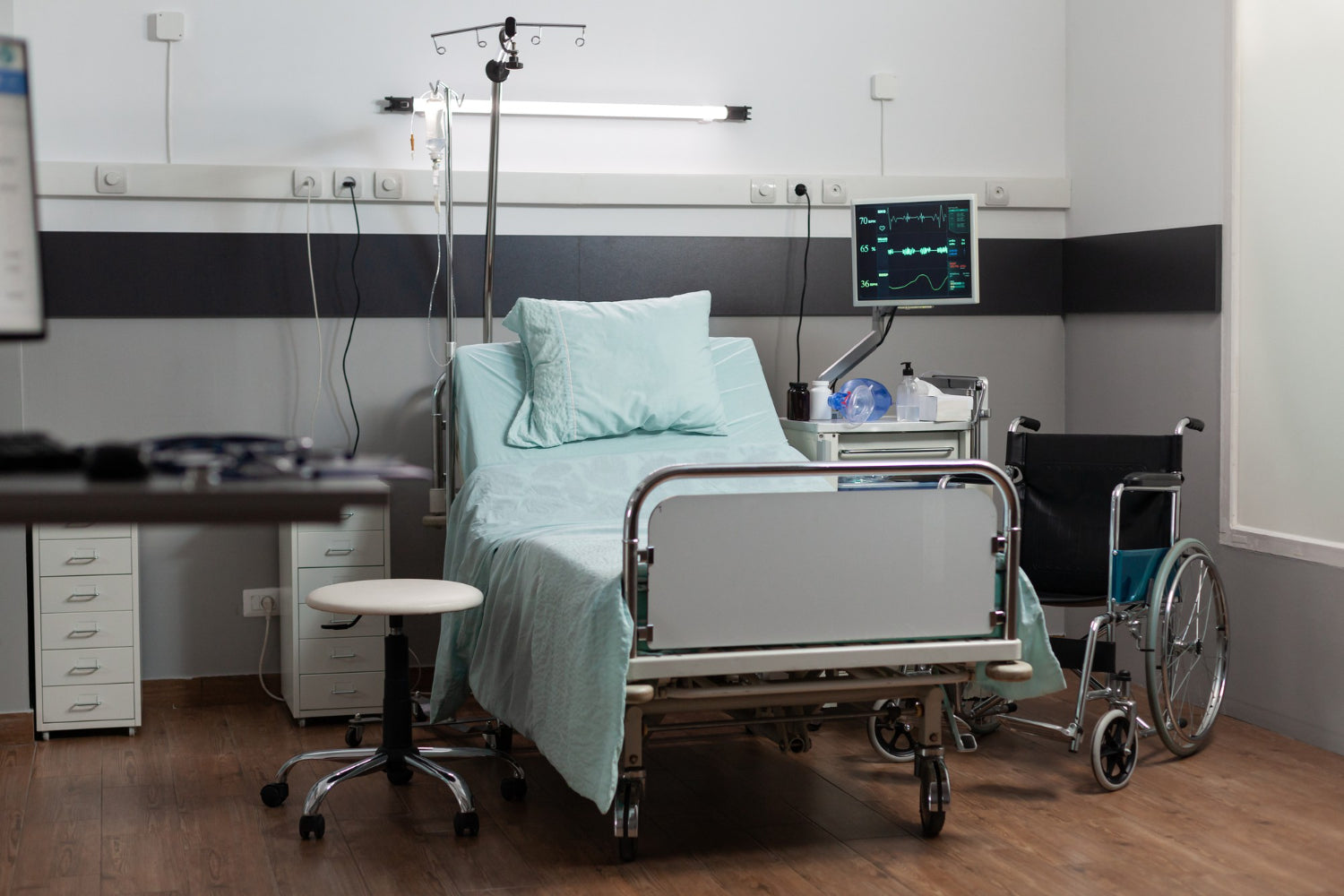

· By Trevor Horne
Saddle Stools vs. Traditional Seating: Evaluating the Long-Term Health Benefits for Professionals
As a healthcare professional, the physical demands of your daily work can take a toll on your body over time. That’s why you should get only the highest quality dental clinic equipment. Adopting an ergonomic seating solution is crucial to preserving your health and wellness while providing essential care to your patients. Saddle stools have gained significant popularity among healthcare practitioners such as dentists, surgeons, and veterinarians due to their numerous long-term health benefits when compared to traditional seating options.
In this informative, educational, and engaging blog post, we'll delve into the world of saddle stools and compare them to traditional seating in healthcare settings. Our main focus will be on the long-term health benefits of saddle stools for various medical professionals, with special emphasis on posture, muscular strain, and spinal health.
By understanding the key differences between saddle stools and traditional seating options, and by examining their long-term health implications, you'll be better equipped to make an informed decision on the optimal ergonomic seating solution for your healthcare practice.
Improved Posture
One of the most significant benefits of saddle stools compared to traditional seating options is their ability to promote proper posture. A saddle stool's unique design encourages a more natural sitting position, with an open hip angle and a forward tilt. This position enables a naturally balanced spinal alignment, preventing the slumping that occurs with standard chair ergonomics.
Additionally, a saddle stool's design encourages you to engage your core and leg muscles, further contributing to better posture. In the long run, improved posture can have numerous health benefits, including reduced risk of spine-related problems, diminished muscle strain, and overall enhanced well-being.
Reduced Muscular Strain
Spending extended periods sitting in conventional chairs puts a strain on your lower back, neck, and shoulders. The typical 'C' shaped posture often adopted in traditional chairs compresses the lumbar spine, leading to discomfort and potential long-term damage. Saddle stools effectively address this issue by promoting increased core muscle engagement, leading to less strain on the neck and back.
Besides, saddle stools' raised seats encourage a more upright position, distributing weight more evenly and providing your muscles with better support. Sit-to-stand transitions are also easier with saddle stools, minimizing the strain on your leg and back muscles. In turn, this can lead to reduced risk of developing musculoskeletal disorders, improved comfort, and greater overall wellness for medical professionals who sit for long periods.
Enhanced Circulation
Better blood circulation is another key advantage of saddle stools over traditional seating options. The open hip angle provided by the saddle stool design allows for improved blood flow in the lower extremities. Additionally, the raised seating position encourages subtle movement, preventing venous pooling and promoting overall circulation.
Improved circulation has several benefits for healthcare professionals, including increased energy levels, reduced swelling in the lower limbs, and decreased risk of developing circulatory disorders such as deep vein thrombosis. By prioritizing better circulation through ergonomic seating solutions like saddle stools, healthcare providers can help ensure their long-term health and well-being.
Versatility and Customization
Saddle stools offer a high degree of versatility and customization, making them an excellent choice for various healthcare settings. The adjustability of these stools allows medical professionals to tailor their seating preferences to accommodate the specific requirements of their workplace. Saddle stools can be adjusted to cater to the needs of different medical professionals, including dentists, veterinarians, surgeons, and other healthcare practitioners.
Key features of saddle stools that contribute to their versatility and customizability include:
- Seamless height adjustability: This feature is crucial, allowing individuals to find the perfect height for their workspace and personal preference, ensuring optimal comfort and ergonomics.
- Tilt adjustments: Saddle stools often provide the option to adjust the seat's tilt, promoting a healthy pelvis position and supporting a natural spinal curve.
- Backrest and armrest options: Some saddle stool models offer optional backrests and armrests, providing additional support and comfort where required.
By accommodating various preferences and needs, saddle stools can be tailored to offer optimal support and comfort for diverse healthcare environments.
Conclusion
When considering the long-term health benefits of saddle stools compared to traditional seating options, it's clear that saddle stools offer several advantages for healthcare professionals. Improved posture, reduced muscular strain, enhanced circulation, and versatility in customization all contribute to the growing popularity of saddle stools in healthcare settings.
As a leading provider of medical device and equipment supplies in Canada and the US, ProNorth Medical is committed to helping healthcare professionals find the right ergonomic seating solution for their practice. Explore our high-quality saddle dental stools in our online store and experience the benefits these innovative seating options can offer for your long-term health and professional success.
